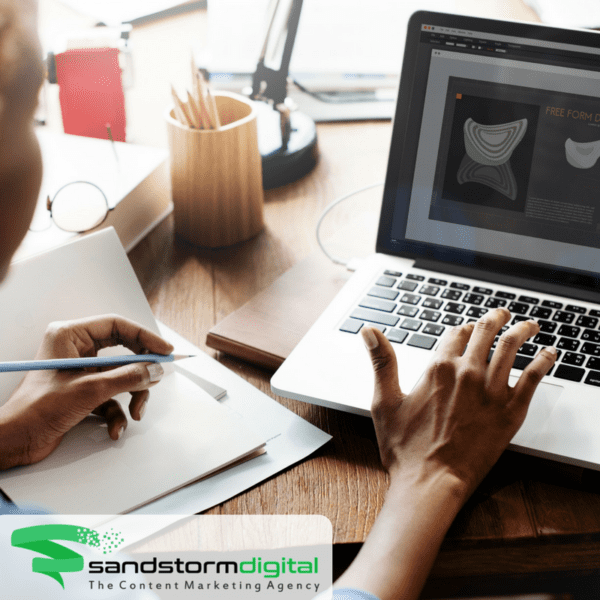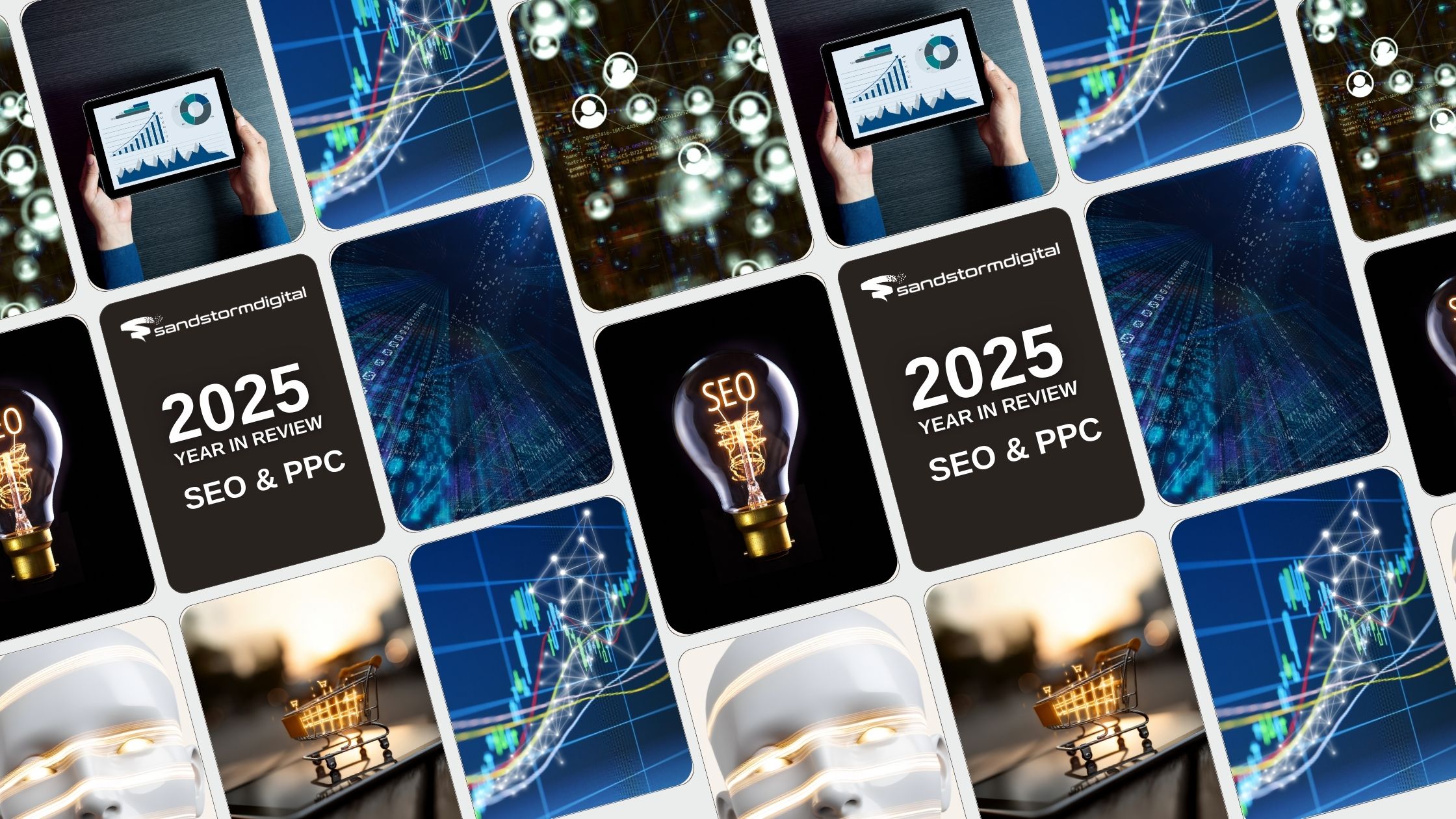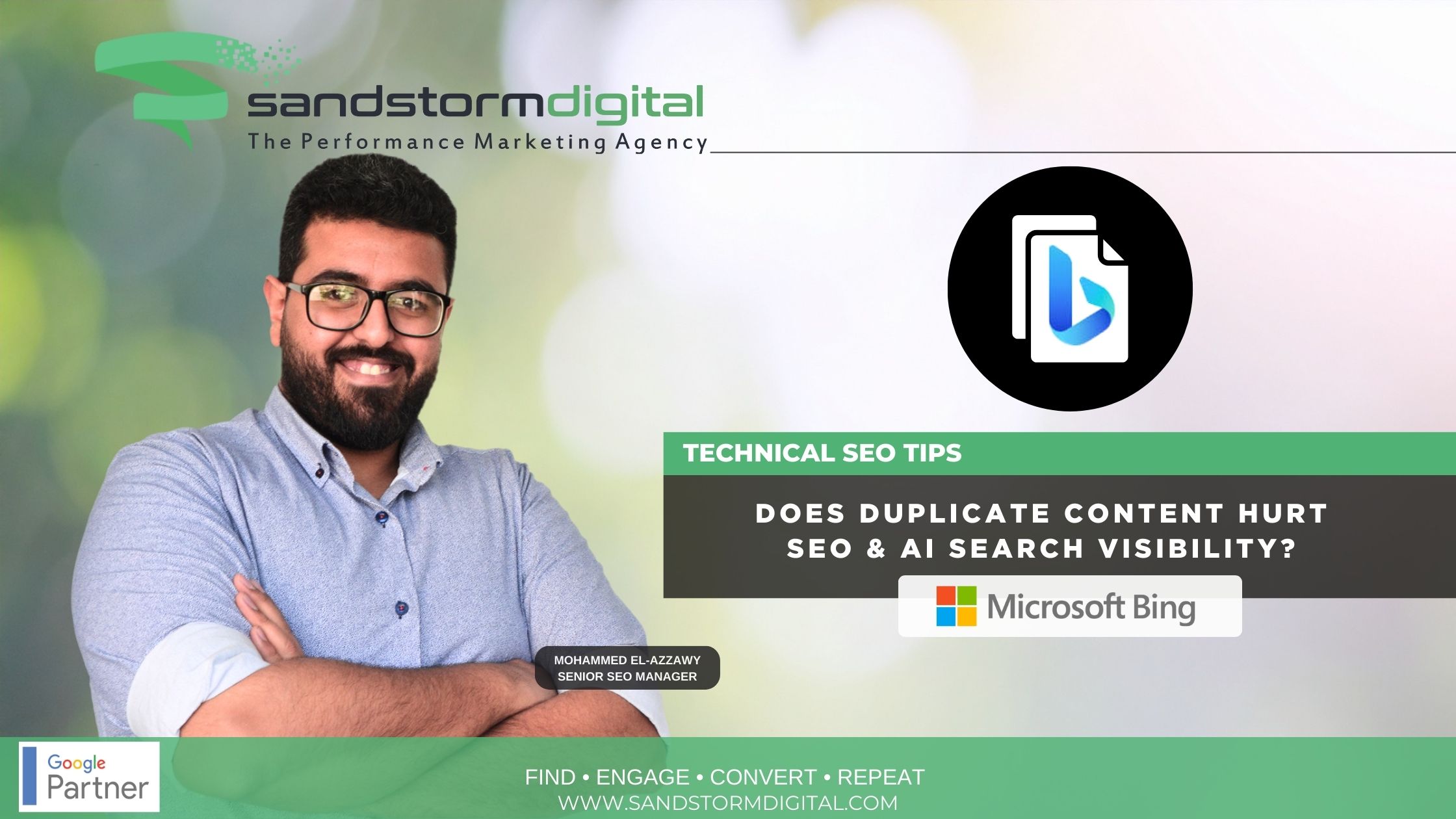What makes for a great landing page? The answer varies somewhat, depending on who your visitors are. There are some principles that every website should follow, however. Things like proper responsive design, nicely highlighted value propositions and calls to action, smart use of images, and focused headlines will benefit any site.
The following examples provide a great quick reference for anyone looking to build the perfect landing page. Take a look at each and see what you can learn.
1) Zendesk
Appropriate for the name, there is a zen-like simplicity to the design of this landing page, which puts everything you need right in front of you in an uncluttered way. A navigation menu for new customers is available at the top of the page, with contrasting solid colors in the background to clearly differentiate sections while also maximizing loading time.
Your eyes are immediately drawn to the company’s primary marketing tagline, which is front and center in the largest font on the page, and it’s immediately followed by a concise summary of exactly what Zendesk offers. Scroll down and you get further detail plus a more expansive menu. The one somewhat controversial touch here is a video placed in the middle of the landing page, but Zendesk prompts you to play it at your leisure rather than auto-playing.
2) Monotype
As with Zendesk, Monotype leads with an abbreviated top menu bar oriented to new customers/visitors, and a larger advertising tagline and mission statement in the prime real estate of the screen. Monotype is the company behind fonts, having been in the printing and typeface business since 1887. You can change the landing page font with a menu, as though you were in a word processing program, even typing your own text (as indicated by a blinking parser). It’s an amazing visualization that instantly conveys what the company does and has to offer.
3) University of Notre Dame
High-resolution images are often strongly discouraged in web design due to the bandwidth they consume and the effect on the page loading speed. The University of Notre Dame is an example of how to do this right, however. A lone, high-quality image that is changed from time to time shows the unique architectural character of the campus. This is paired with a well-designed top menu bar, and smaller high-quality preview images you can view as you scroll down the page. The three-column system manages to keep the absolutely huge amount of information that a major university has to communicate under control but still accessible.
4) SumoMe
SumoMe’s site opens with an invitation to try their free web tools by entering your own site’s URL. Social proof is also provided right up front with the logos of prominent sites making use of their services, such as Airbnb and The Four Hour Workweek. Good design is especially critical for SumoMe, because they give advice about making the perfect landing page right on their own site.
5) Shopify
In keeping with the general theme of the other sites listed here, Shopify opens with a concise but prominent description of what they offer. As with SumoMe, good page design is critical for Shopify, as landing page creation is part of the package of services they sell. Responsive design means a simpler yet equally straightforward page is presented on mobile devices. In both cases, the site leads with a free trial offer of 14 days and prompts the user for their email address to get started.
Hopefully, you’ve noticed the recurring themes with these examples: the importance of responsive design, an attention-grabbing pitch, and informative, concise headlines. Each unique site will require individual consideration, but elements such as these provide a strong foundation anywhere they are employed.











